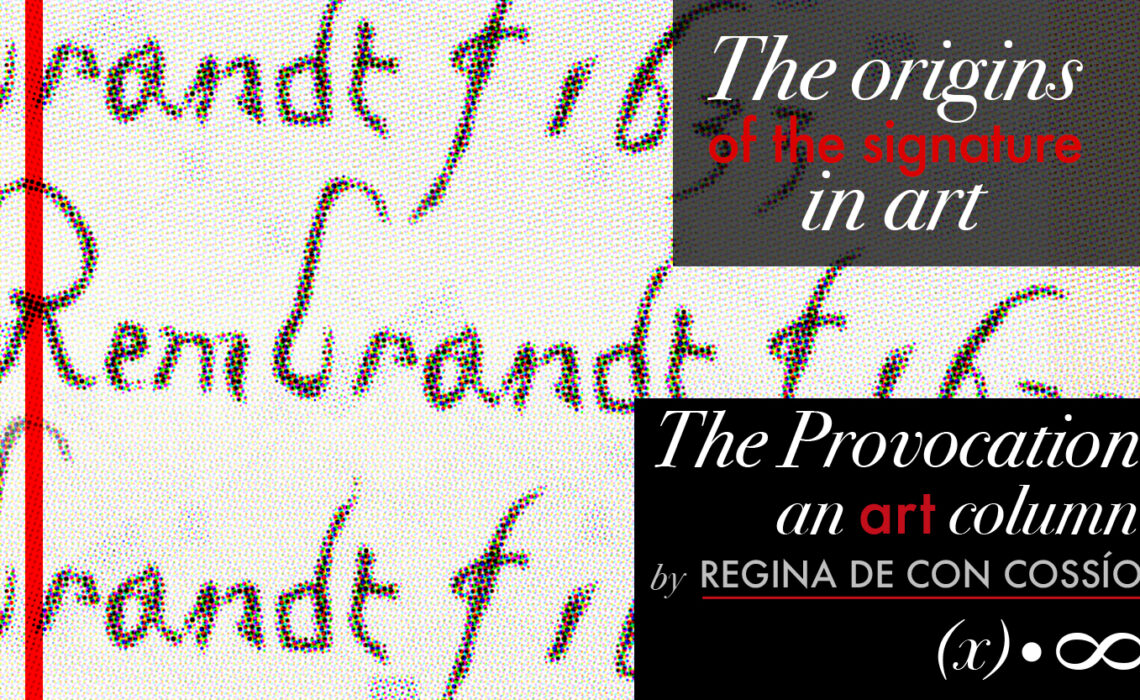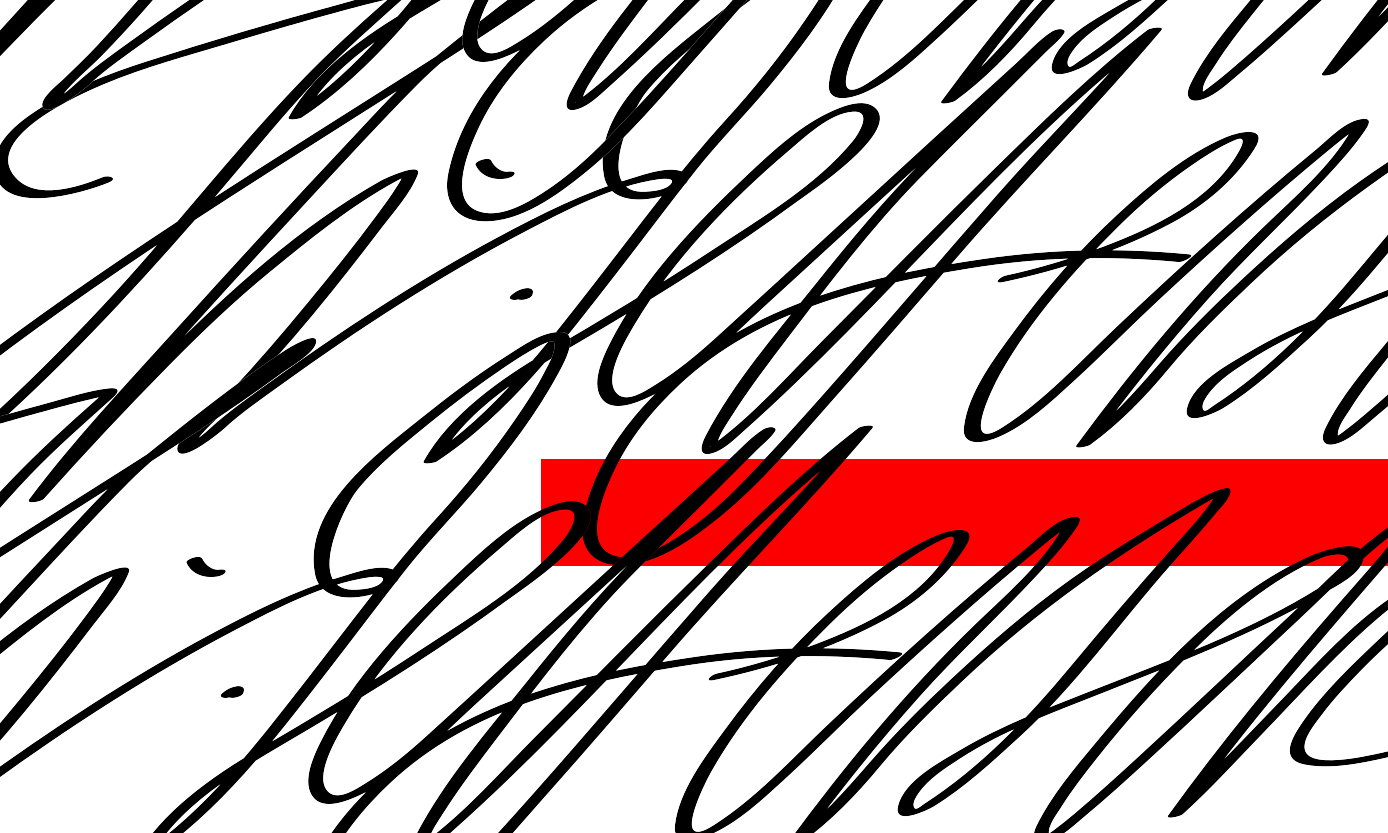
The Origins of the Artist Signature
Today, the signature of an artist on the work he or she created is accepted as a matter of evidence of authorship, so to speak. We assume that artists sign the most important, most valuable works they have created, differentiating themselves from other artists, and we take that as absolute proof that the artist created that specific work. But, does an artist’s signature mean any more (or less) than this?
When Signing Art Began
Artists have left their personal mark on the artwork since the beginning of time. However, during the Renaissance, artists began to sign their works to ensure they were credited for the art they created. In a world where individual talents were celebrated, outstanding skills began receiving accolades. Along with this transformation, art buyers wanted to draw attention to their collections, as evidence of their financial prowess and social standing. Viewers wanted to know who created these magnificent works of art.
Value of the Signature
There is more than one simple purpose for an artist to sign his or her artwork. Other than for the obvious reason of claiming the work, artists may have more personal reasons for leaving their autograph on their labor.
When artists create multiple works over a long period of time, both the artist and art collectors want to know when and sometimes, where, a work of art was completed. In the process of establishing provenance an artist’s signature is a major aspect of proving the identification of a work of art. If an artist created a work of art for a specific person, as in a gift, a commemoration or a commission, the artist may not only note his name, but a date, place, and even a few additional details about the specific piece.
Additionally, artists use the signature as one more method of expressing their creativity. Several artists, including Picasso, varied their signatures over time, and assist in dating the works based on the transformation, creating a timeline. Some artists continue to work on pieces for months, and even years; by signing the work, the artist may be indicating that the work is finally complete. Other artists use the signature as part of the work itself, adding a decorative or unique trait to the artwork.
To maintain his originality in printmaking, German artist Albrecht Dürer went so far as to petition a court to protect his signature, ensuring his works would be accredited to him. He was strategic in his commitment to signing every work he created, no matter how much effort he placed on the artwork.
Why it Has Continued
As reproduction has increased and artists’ reputations assist in escalating the value of artwork, the signature remains a valid method of establishing authorship and authenticity to a work of art. Signatures have been plagiarized, so methods of signing works have been modified over the years. Experts can usually spot plagiarized signatures, and handwriting experts are sometimes hired as part of the authentication process when high dollar artwork changes hands.
Today, artists will number their artwork, especially with edition pieces, and use stamps when there will be multiple copies. Artists understand that scarcity increases demand and thus, value. Digital works require special attention, and many artists will still sign with an ink pen their digital prints. Finally, the Certificate of Authenticity, used for many years in validating artwork, can be used in place of a signature and reduced forgeries. Additional benefits to the COA for digital works include printing information like the printer and ink type.
Unique Signatures Throughout the Ages
Paul Gauguin: Seen among Impressionist artists, Gauguin’s actual penned signature may not have been unique, but his mention of the location where the art was created is. He was also known to use paint which would contrast with the artwork, not satisfied to have it blend in with the work itself.
Banksy: Even street artist Banksy created a distinctive mark to go along with his moniker. Perhaps looking for credit for his mysterious works, his large painted signature matched his bold works. In recent years and combined with he established notoriety, he has refrained from signing his works.
Francisco de Goya: Renowned for finding unusual ways to integrate his signature into the artwork, de Goya placed his signature in paintings on rings, books, and other nooks and crannies within his work.
Sybaris Collection
The Sybaris Collection variety of services includes the Art Tendency Report. Let our team of experts assist you in valuation of your art collection, monitor the performance, and keep you abreast of your investment.



